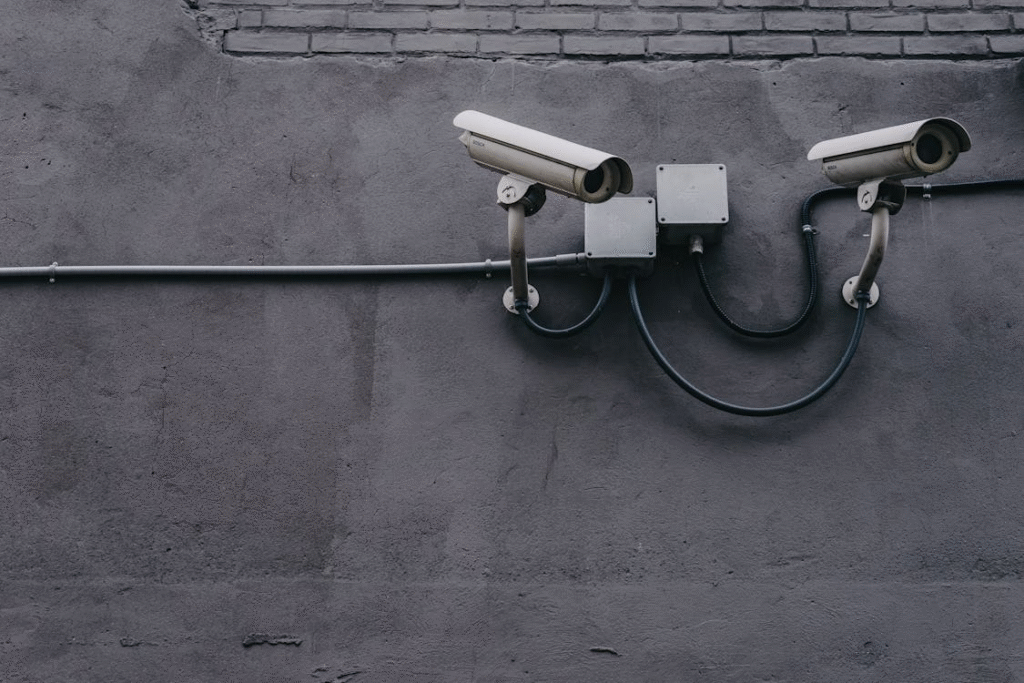Workplace security is a critical concern for organizations of all sizes. From protecting sensitive data to ensuring the safety of employees and visitors, a secure environment supports operational continuity and builds trust. However, many businesses overlook key vulnerabilities that can compromise their security posture. These weak points often stem from outdated practices, inconsistent enforcement, or gaps in technology. Identifying and addressing these areas is essential to creating a robust and responsive security strategy. Below are six common weak points that can undermine workplace security if left unchecked.
Inadequate Access Control
Controlling who enters and exits a facility is foundational to workplace security. Yet many organizations still rely on outdated methods such as physical keys or unsecured entry points. These systems are prone to misuse, duplication, and loss, making it difficult to monitor access effectively. Modern solutions like commercial access control systems offer a more secure and flexible alternative. These systems use keycards, biometric scanners, or mobile credentials to regulate entry, log activity, and restrict access to sensitive areas. When integrated with surveillance and alarm systems, they provide a comprehensive layer of protection that is both scalable and auditable.
Poor Visitor Management
Visitors, contractors, and delivery personnel often move through workplaces with minimal oversight. Without a formal check-in process, it’s difficult to track who is on-site, where they’ve been, and whether they’ve followed necessary protocols. This lack of visibility can pose serious risks, especially in facilities that handle confidential information or hazardous materials. Implementing a digital visitor management system helps ensure that all guests are properly identified, logged, and briefed on safety procedures. It also allows for real-time monitoring and post-visit reporting, which can be crucial in the event of an incident.
Unsecured Workstations and Devices
In today’s hybrid work environments, employees frequently use laptops, tablets, and smartphones to access company resources. If these devices are left unattended or lack proper encryption, they become easy targets for theft or data breaches. Workstations should be equipped with automatic screen locks, secure login credentials, and physical security measures such as cable locks. Additionally, mobile device management (MDM) tools can enforce security policies remotely, ensuring that sensitive data remains protected even outside the office. Regular audits and employee training reinforce the importance of securing devices at all times.
Lack of Employee Awareness
Human error remains one of the leading causes of security breaches. Employees may inadvertently click on phishing links, share passwords, or ignore suspicious activity. Without proper training, even well-intentioned staff can become liabilities. A strong security culture begins with education. Organizations should provide regular training sessions on topics such as cybersecurity, emergency response, and data handling. Clear policies and accessible resources empower employees to make informed decisions and report concerns promptly. When security becomes part of the workplace mindset, vulnerabilities are more likely to be identified and addressed early.
Insufficient Surveillance Coverage
Surveillance systems are a key deterrent and investigative tool, but their effectiveness depends on strategic placement and maintenance. Blind spots in camera coverage, outdated equipment, or poor image quality can limit the usefulness of recorded footage. Surveillance should cover all critical areas, including entrances, exits, parking lots, and high-value storage zones. Cameras should be regularly tested and upgraded to ensure optimal performance. Integration with access control and alarm systems enhances situational awareness and enables faster response times. A well-designed surveillance network not only protects assets but also supports compliance and accountability.
Weak Data Protection Measures
As digital threats continue to evolve, data protection must be a central focus of workplace security. Weak passwords, unsecured networks, and lack of encryption can expose sensitive information to unauthorized access. Organizations should implement multi-factor authentication (MFA), regularly update software, and conduct vulnerability assessments to identify and patch weaknesses. Data should be encrypted both in transit and at rest, and access should be limited to authorized personnel. Backup protocols and disaster recovery plans ensure that information can be restored quickly in the event of a breach or system failure.
Conclusion
Workplace security is a multifaceted challenge that requires vigilance, planning, and continuous improvement. By addressing common weak points such as access control, visitor management, device security, employee awareness, surveillance coverage, and data protection, organizations can build a safer and more resilient environment. These efforts not only reduce risk but also foster a culture of accountability and preparedness. In a world where threats are constantly evolving, proactive security measures are essential to protecting people, property, and information.


